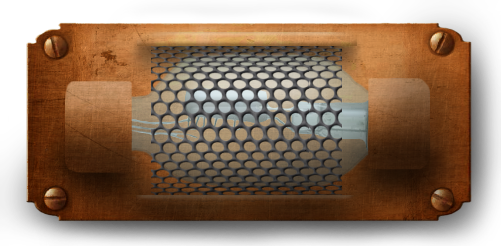Eyom has an interesting relationship with personal and commercial vehicles. While the rest of Zo makes frequent use of mechanical means of personal transportation, Eyom's citizens, by and large, prefer to use animals, or their own feet, as their means of transport for short distances. Namely, within settlements and cities.
This arose largely due to the very poor standards of Eyom's roadways, combined with the excellent city planning. Eyomic communities are designed to be reasonably walkable regardless of culture, so all residences are within 15 minutes of workplaces, commercial areas, and community resources. Consequently, Eyom's citizens have little need for personal transport. Business ventures still require vehicles for transporting their products and produce over the "last mile," i.e., from the train station to the final destination. They are, therefore, some of the only individuals to use vehicles within urban areas. Other groups include watchmen, government officials, and emergency services.
The rest of Eyom walks and is happy to do so.
Unless that is, they are going between towns. Eyom is vast and dangerous. While the modern highway system of paved roads is relatively safe and easy to travel, the old roads are not easily traveled and notably more dangerous (but still reasonably safe). People who need to go between towns will use rail if available, but oftentimes it is not. Most people prefer a horse, Reindeer, warg, or other animal mounts for such trips. It is seen as traditional, affordable, and low maintenance. What's more most animals can defend their masters in a pinch.
Horse-drawn carriages ferrying people between communities and wagons laden with goods are common sites to this day. However, many people have the desire to move more quickly or move more than animals can reasonably pull. Or more commonly, traveling long distances where there is no road and one has no desire to be eaten. For these people, there exists a wide array of mechanical vehicles.
Due to these reasons and more, Eyom's vehicles have always been designed for off-road use. Due to the prevalence of River Travel in Eyom, almost all vehicles are amphibious.
Mechs and Mechmounts
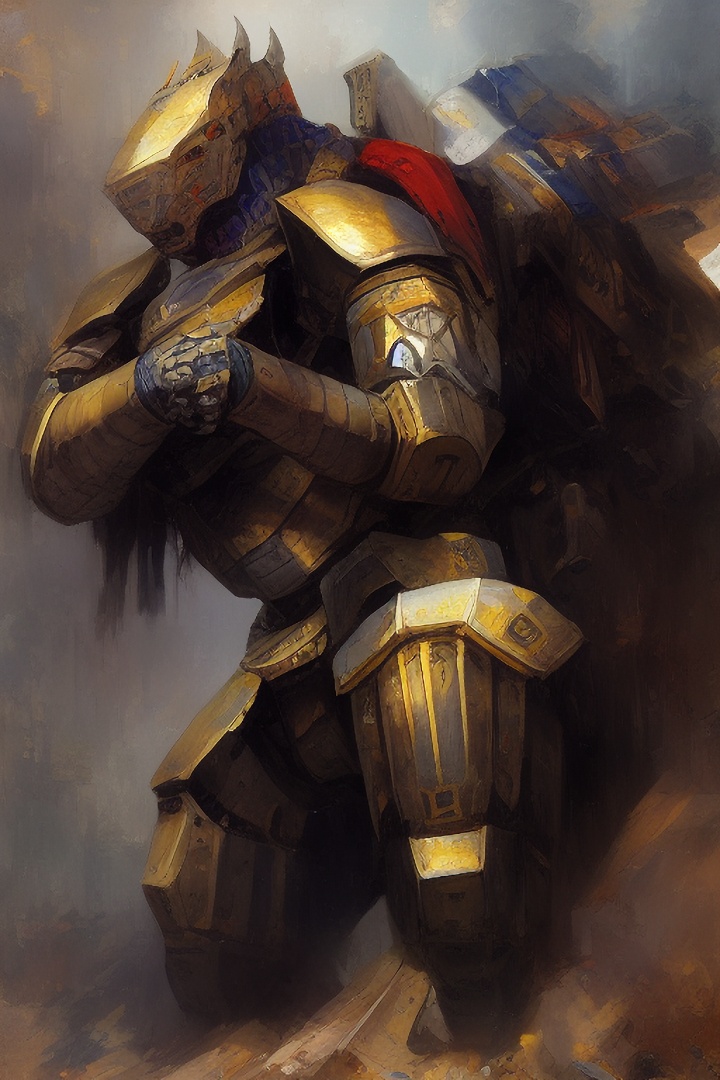
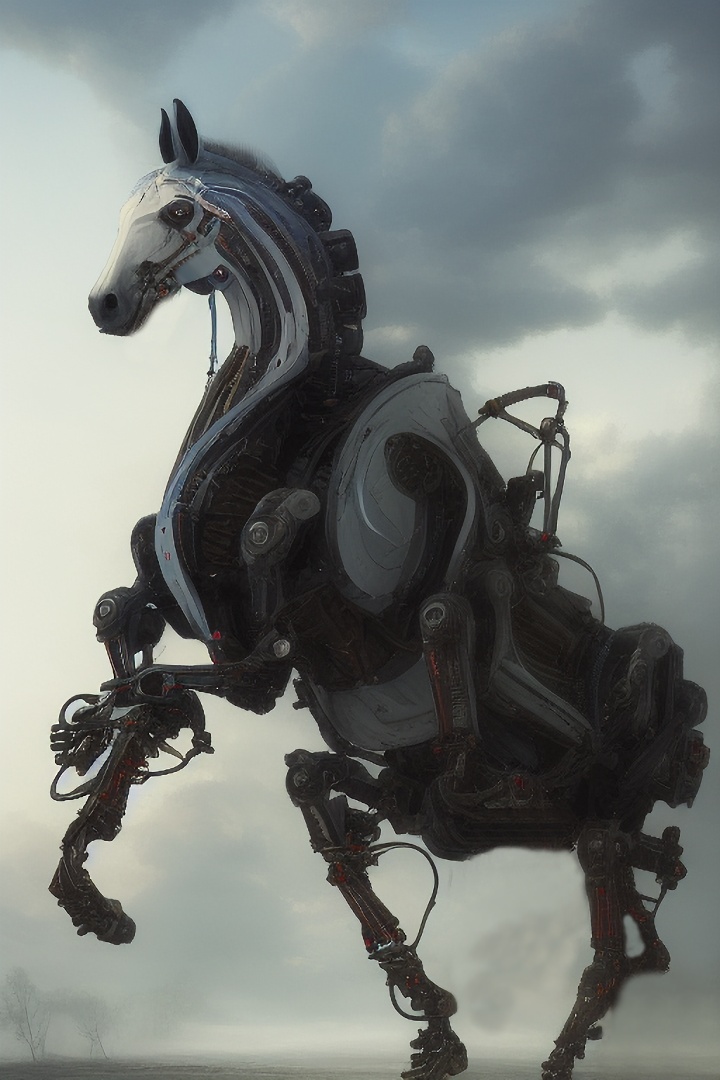
Invented by the Iron Elves in the 800s as an extension of construct arcana, mechs are legged vehicles that can carry one or more occupants within a cabin or cockpit. Mechs are typically military fighting vehicles and generally belong to knights or other elite soldiers. They are occasionally used by adventurers who frequently fight large creatures.
Mechmounts are a recent spinoff of the mech concept. These are constructs that have been designed and built to resemble real and mythical creatures (and occasionally Taric people, as Goblins and Rattu both love taur-back rides) which are sold as functional equivalents to a beast of burdon or riding animal. They are faster, have the endurance of a machine, and do not need to be fed when not in use. Combined with the resilience of a machine to wear, tear, and damage many people who have the money for such a luxury (or know how to repair them and can thus save on operational costs) will purchase a mechmount in lieu of an animal.
Many people find mech mounts to be ethically superior to a beast of burden, as no animal is harmed by their use while the owner is able to continue traditions and live with the aesthetics they prefer. Due to this reason, mechmounts all optionally come with an "Organic" package which disguises them as ordinary animals.
These vehicles make use of bioreactors, which require them to be fed organic substances while in use. Just like a real animal.
Motomounts
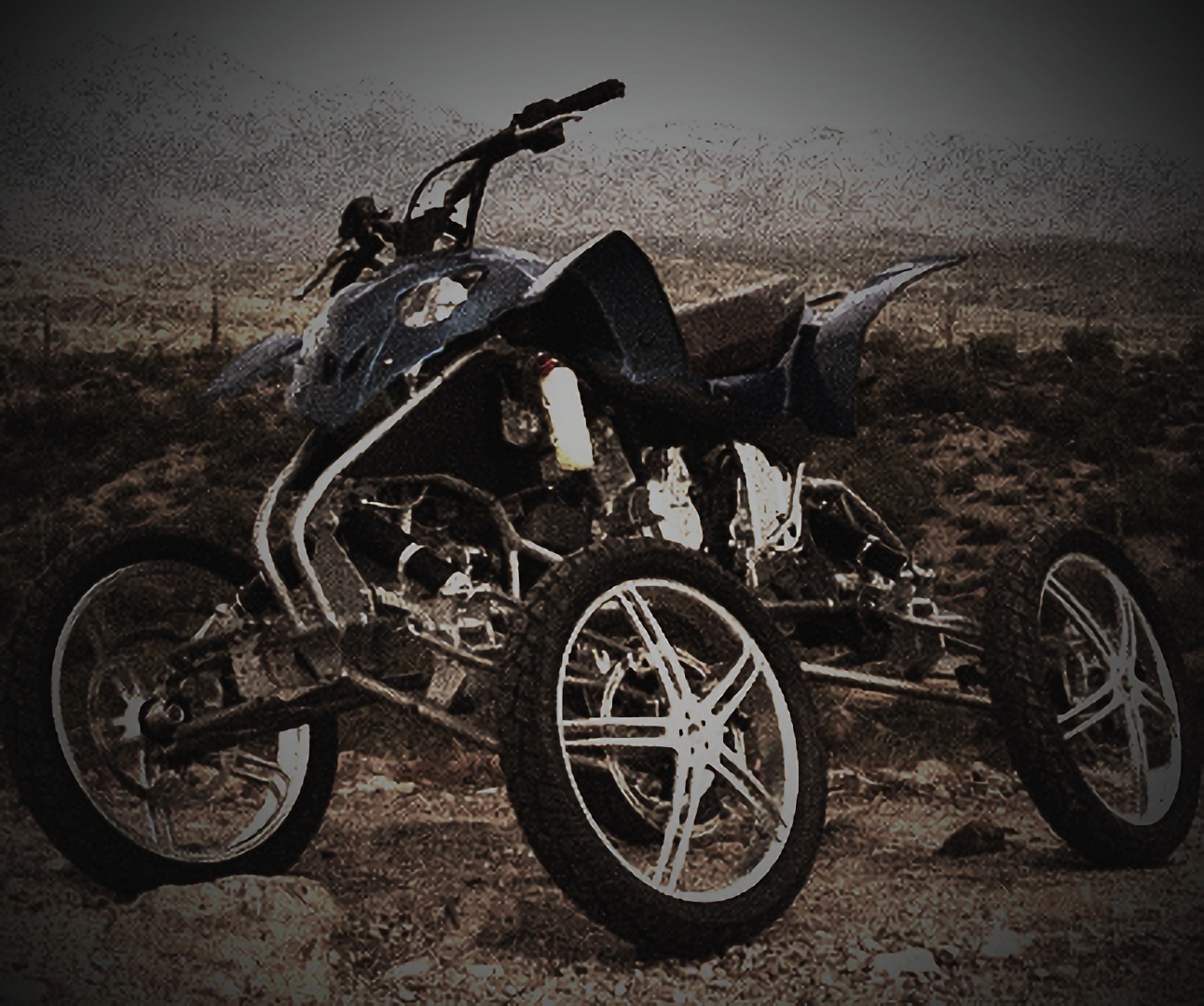
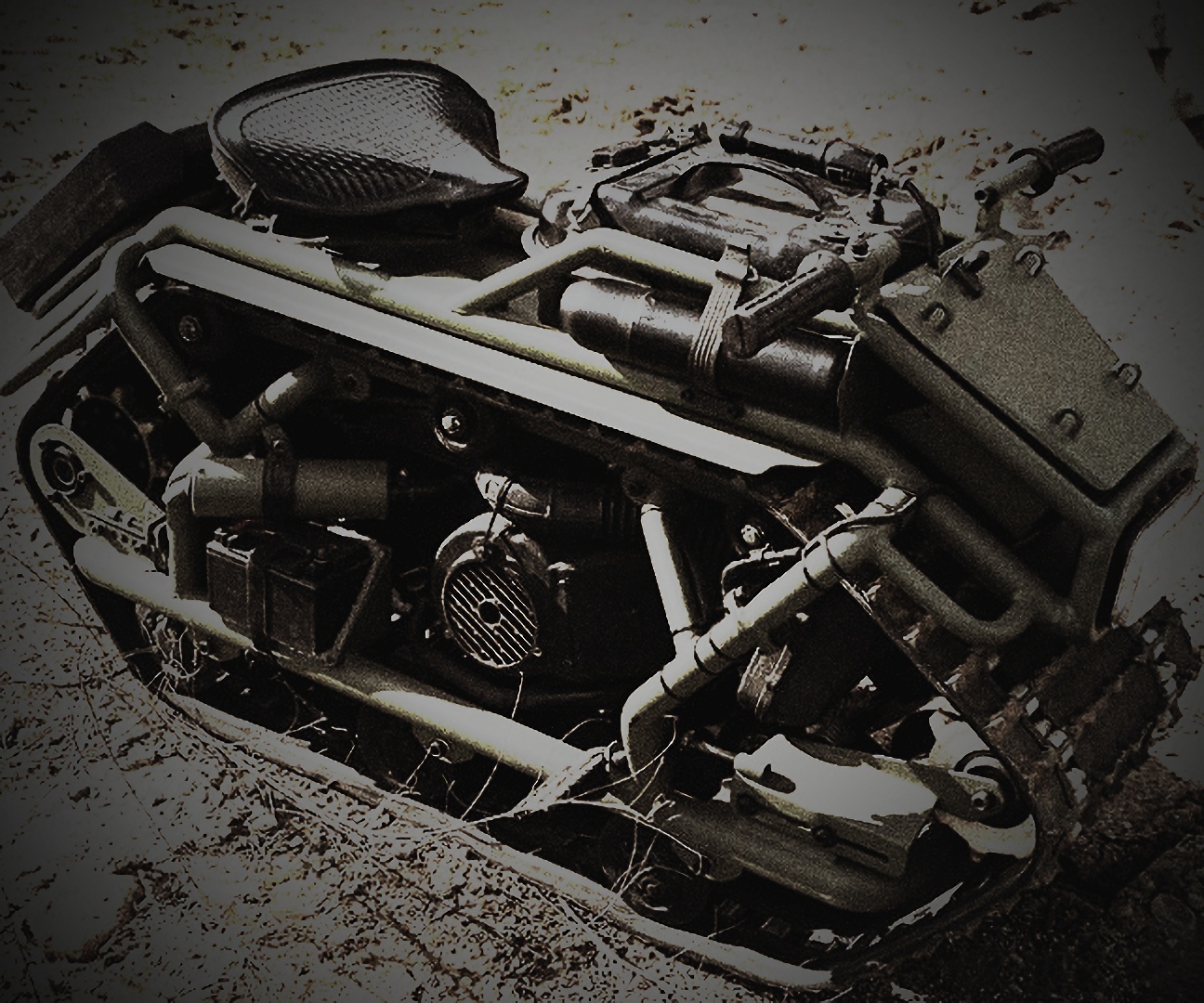
Motomounts are vehicles designed to be ridden similarly to an animal and operated by a single individual. They are functionally equivalent to a horse, though as they do not use legs but rather wheels, tracks, treads, or levitation charms, they tend to be less capable of crossing rough/steep terrain. These vehicles are popular with road patrolmen as the rough backcountry roads are no problem for such vehicles. They can be taken off-road in most places as they can move between dense foliage and over fallen trees and large rocks easily enough.
These vehicles make use of standard Constructi power cores for their power supplies. Their power draw is so low compared to any true thinking machine that the cells can last for up to a decade of regular use. In practice, they will be depleted much sooner than this due to manufacturing defects causing power bleeds. There is also the general tendency for users to modify their vehicles to overdrive them for more speed or power. Thus, these vehicles usually require a fresh cell every 6-8 months. COnstructs are delighted by this as it means every town in Eyom will have at least one person selling the power cells they need to survive at reasonable prices. Many people believe the "defects" are intentional due to this.
Concarrage
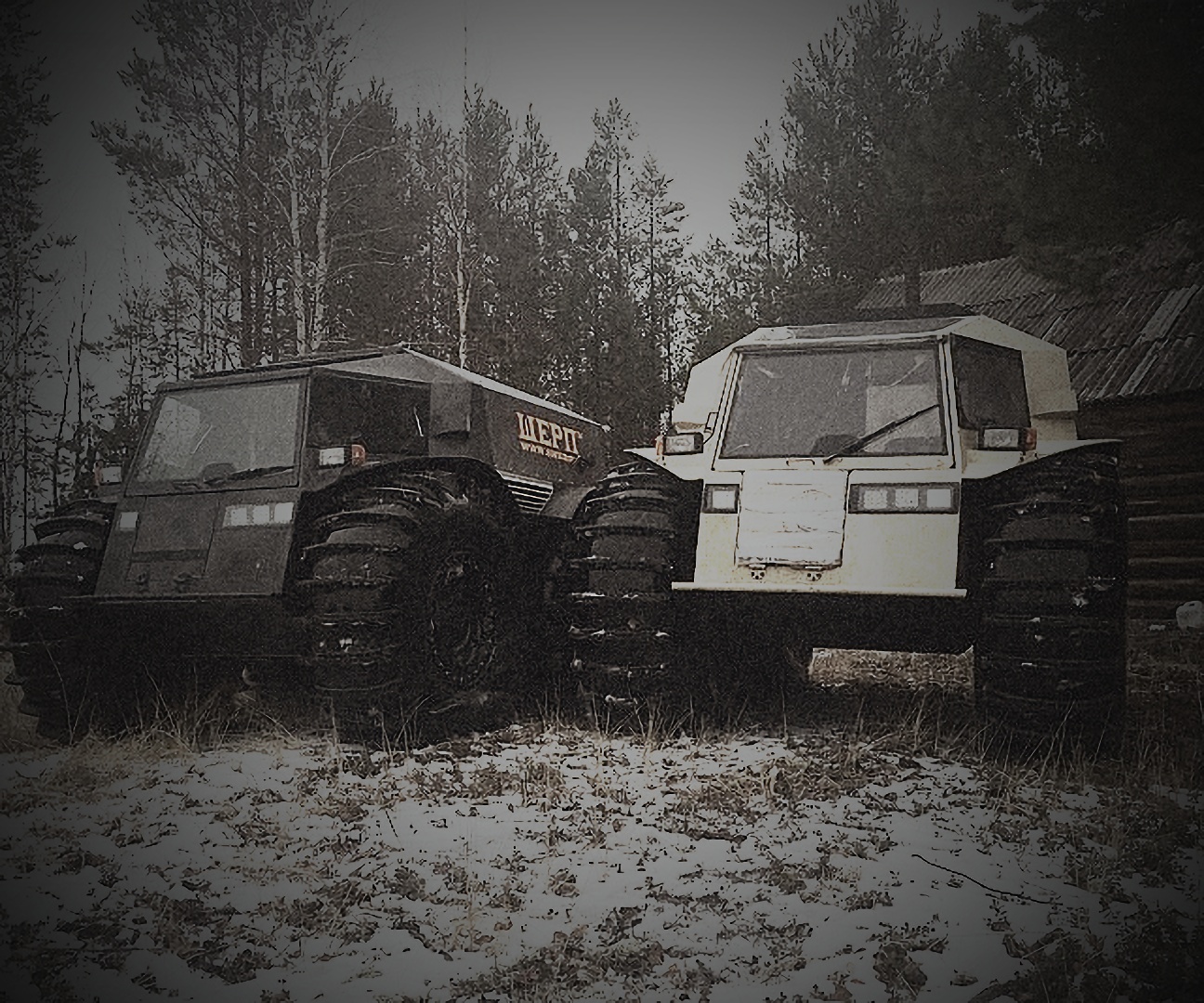
Concarrage is the name Eyom has given to vehicles intended to transport 2 to 4 individuals (This category technically includes any vehicle designed to move people rather than cargo, but vehicles with more than 4 seats are uncommon) with a small amount of cargo space. They are also known as Concars or just Cons, with many younger people believing that Con is short for "Conveyance" rather than "Construct".
These vehicles are popular with adventurers, explorers, and others who do frequent business in the wilderness.
Conwagon
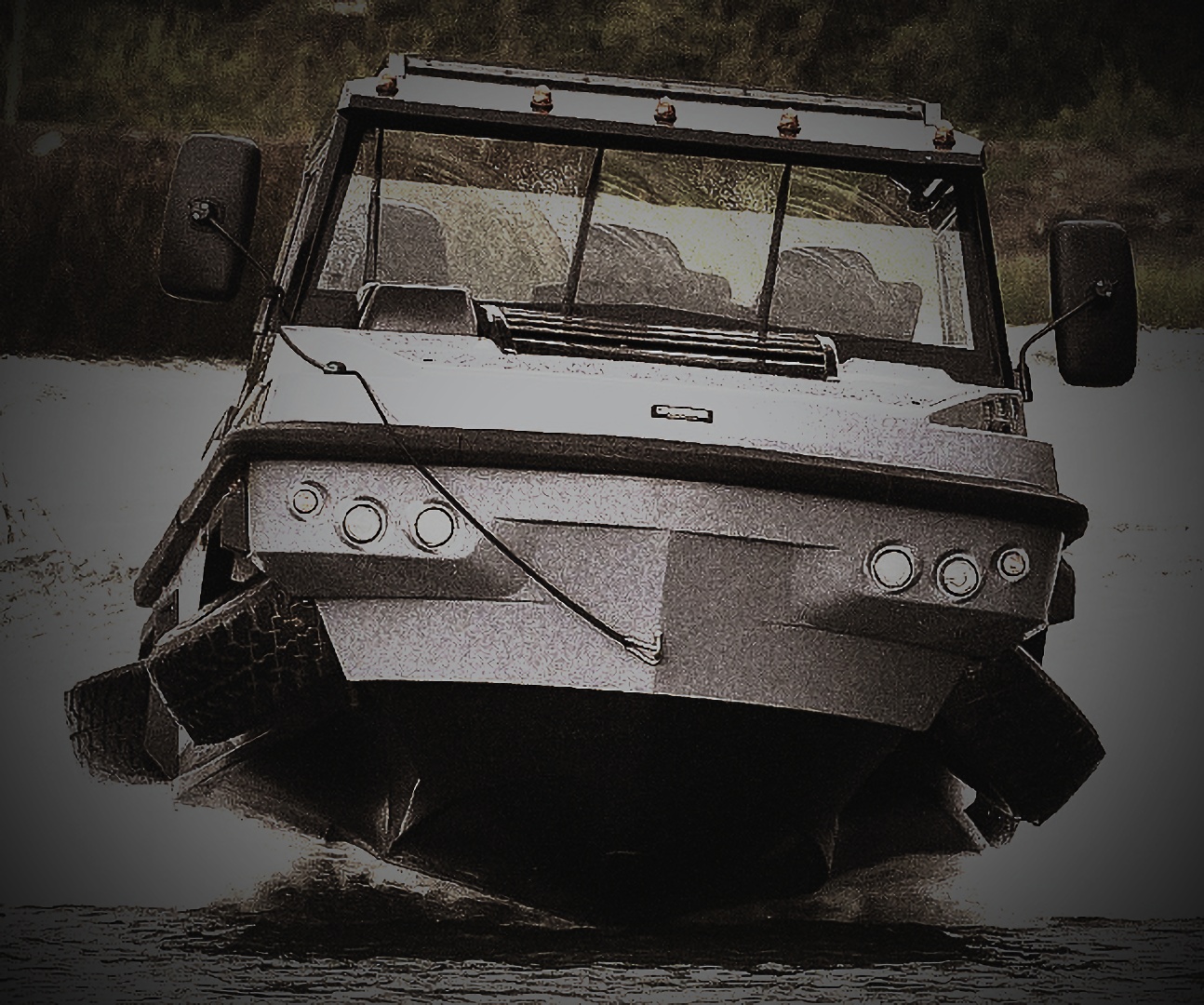
Conwagons are vehicles intended to transport medium to large amounts of cargo across long distances not connected by rail or from rail stations to final destinations. Many believe they are formally called Concarrages as similar vehicles designed to transport passengers are. This is not the case as these vehicles are replacements for wagons rather than carriages.
These vehicles are popular with adventurers, explorers, and others who do frequent long-term business in the wilderness. They are also very popular with dwarves for transporting stone and ore from mines to storehouses.
Mobilcabins
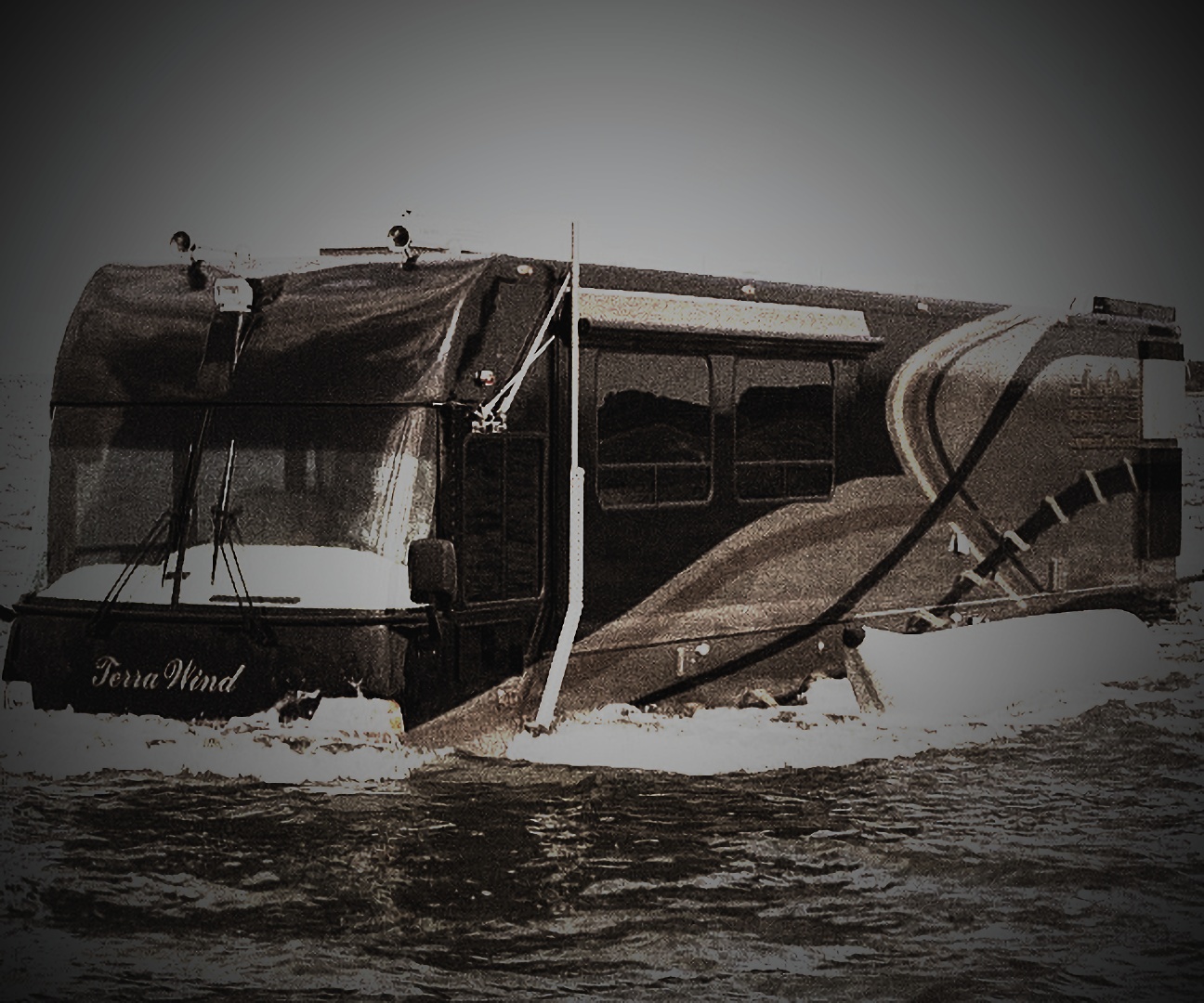
Mobilcabins are a form of luxury transport unique to Eyom. Advertised as a means of traveling freely while keeping the comforts of civilization, they are largely Wealth Taxes which perform poorly. Few purchase these intending to use them as described. THe majority of users acquire them to be a permanent home which will be parked forever at a location of their choosing. THe reason being it's less expensive to purchase one of these vehicles then properly weatherproof it than to buy or build a modern home with all of the basic gadgetry and arcana one would desire.
There are also some mechanically inclined individuals who see these as "80% mobile base kits" and will build in all missing features, repair flaws, and then use the vehicle as advertised. These tend to be adventuring groups from heavily urban areas to whom the idea of sleeping on the ground is a horrifying nightmare and who also bleed gold as opposed to blood.
They are also quite popular as the base for houseboats due to their relative cheapness compared to a modern home.
Airships
Eyom is well versed in lighter than air aircraft. They primarily make use of this technology for military purposes. While civilians can buy what amounts to a conwaggon, except it is attached to a rigid air body and capable of flight, they are not permitted to own larger airships.
There are permits for companies to own larger craft designed to move cargo and people, but these are expensive and thus rare as Eyom's rail system is most robust. As such the majority of airships are military vessels.
These vessels workings are largely classified. What is known is they serve primarily as troop transports and elevated headquarters for commanding ground forces. Scout vessels also exist for relaying information to the HQ ships. All of these ships are well armored, lightly armed, somewhat slow, and serve more as floating islands than aircraft.

